There are several times of the day that are best for trading in forex. The best times to trade are during the overlap of different trading sessions, when different financial centres are active and different assets can be traded at a low spread and with high liquidity. The most optimal overlap occurs during the active hours of New York and London.
Wednesday
Trading on Wednesdays is generally a safer bet than Monday and Tuesday. On Wednesday, market volatility is between 120 and 130% lower than that of Monday. This is because trading activity is reduced by the phenomenon known as swaps. However, if you do trade on Tuesday or Wednesday, you will likely miss out on the day’s best activity.
The overlap between the Tokyo and Sydney sessions is usually between 12:00 and 07:00 GMT. This overlap is not as great as the U.S./London overlap, but it does offer a wider range of pip fluctuation. During this time, EUR/JPY is the ideal currency pair.
Middle of the week
The best time to trade Forex is during the middle of the week. The price range is higher and there is more volatility than on other days. However, intraday traders do not bother with swaps and are usually inactive on Monday and Tuesday. If you are a long-term trader or are looking to trade a large volume, the middle of the week can be a good time to trade.
There are three main trading sessions in the forex market. The spot market is open 24 hours a day and the futures market is open seven days a week. The best time to trade Forex on those days is when volumes are highest and the price range is largest. In addition, there is usually more economic news released during these times, which can give you an edge on your trading strategy.
Weekend
Weekends are often a good time to trade forex, since there’s little to no economic news, financial data, and geopolitical news. As a result, there’s little volatility and little time for markets to adjust to new conditions. The only times that currency pairs regularly gap is on Sunday night.
However, you should avoid trading on national holidays. Since banks close during holidays, they reduce the amount of forex transactions, which leads to a stagnant market and erratic price behavior. It is better to avoid trading on these holidays to avoid pitfalls that can derail your trading strategy. However, you’ll still want to know when to use the weekend as the best time to trade forex.
Mondays are the least optimal day to trade forex. Monday mornings and Tuesday mornings are largely stagnant, with little activity. European traders tend to wait for macro-economic data and economic news before making trades, so they won’t be as volatile as they are on other days of the week.
Important political events
Important political events in the world affect currency prices. For example, the election of US president-elect Donald Trump affected the US dollar and financial markets. Although many traders may not be aware of this fact, these events have a huge impact on currency prices. The markets have a tendency to react to these events, as they provide traders with more certainty. As a result, traders often monitor news closely to gain advantage from long-term price movements.
The impact of elections is often overlooked, but they can have a large impact on currency values. Although an election may seem as an isolated event, it usually signals a period of political instability. Political instability is often associated with higher volatility. Therefore, traders will keep a close eye on pre-election polls in order to determine what might happen. After all, a change in government can result in a change in ideology, which can impact fiscal and monetary policies.
Liquidity
The best time to trade forex is when there is a large amount of trading activity. This overlap of traders will create more liquidity in the market. This will reduce spreads and slippage. This overlap is best for trading the euro and the US dollar. However, you should know that trading hours can vary from one market to another.
In general, the best time to trade forex is when volume and volatility are high. This is when two forex trading sessions overlap and more than one global exchange is open. The higher the volume of trading, the lower the spreads and the higher the volatility.

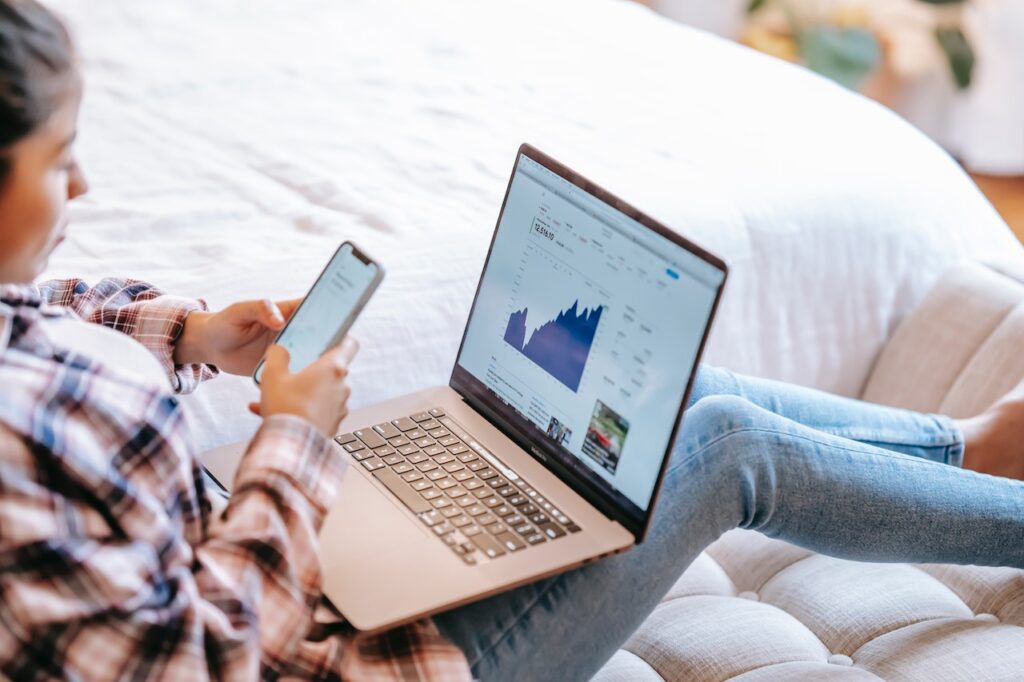

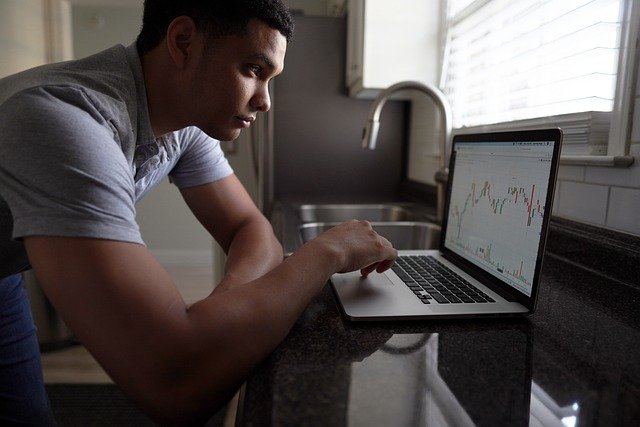

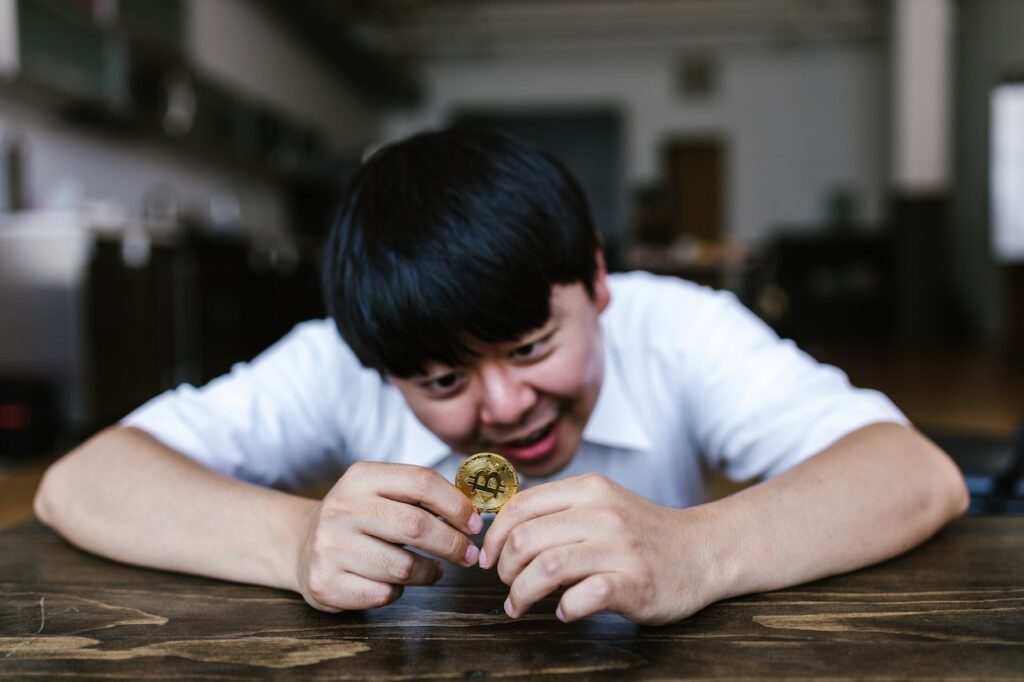
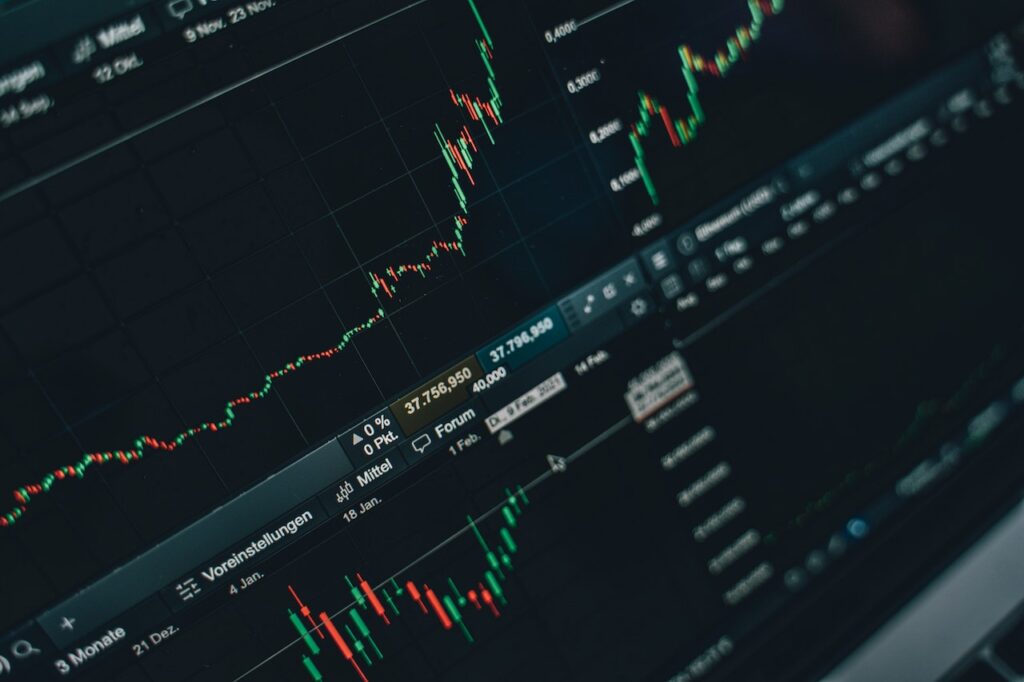
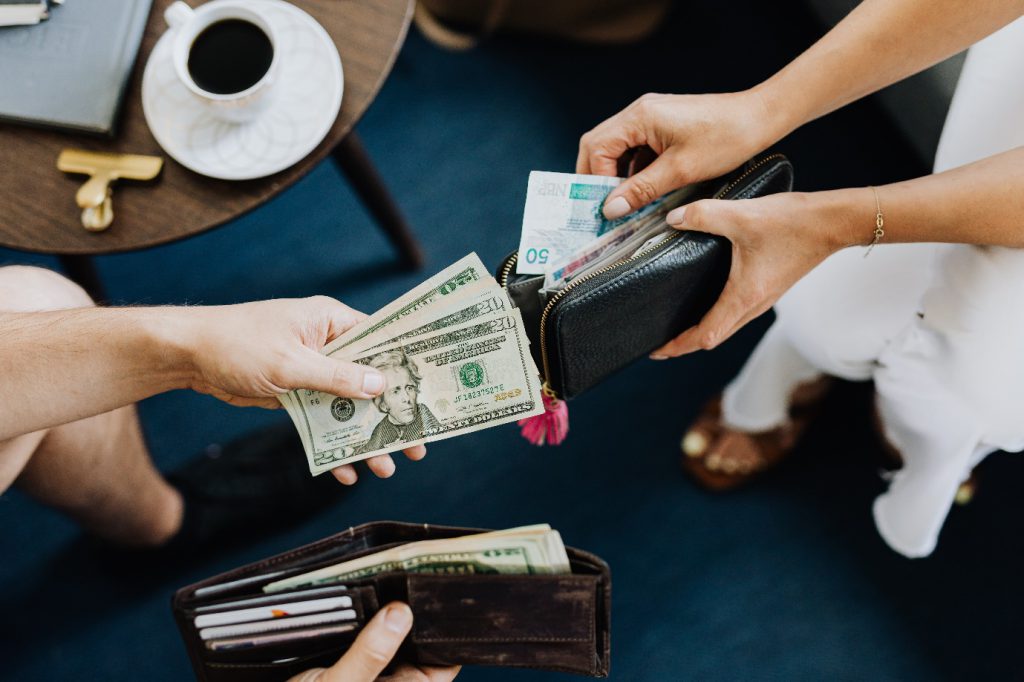
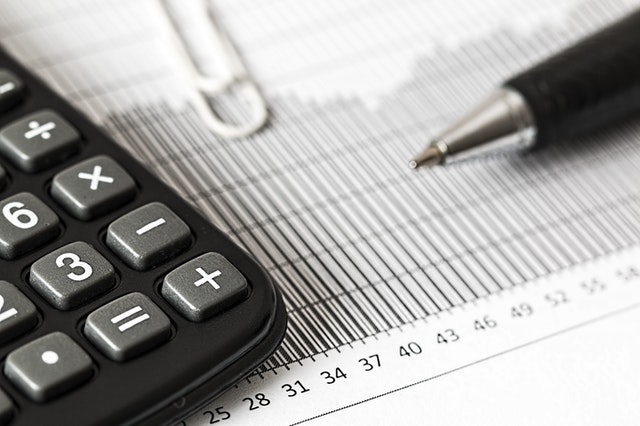
Facebook Comments